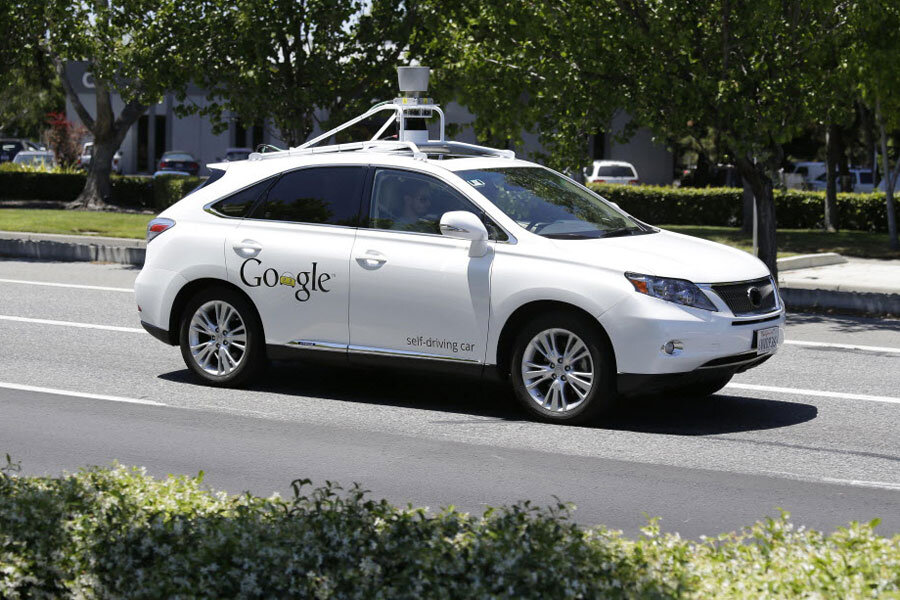Google is ready for self-driving cars, but is the DMV?
Loading...
The biggest obstacle to fully autonomous cars may not be technology, but bureaucracy.
California's Department of Motor Vehicles is almost a year behind on its promise to draft state regulations for driverless cars, the Associated Press's Justin Pritchard reports, and Google is getting impatient.
According to the California DMV's website, the regulations "will establish the requirements that manufacturers must meet to certify that their autonomous vehicle has been successfully tested, meets certain safety requirements, and is ready for the general public to operate on public roads." They were supposed to have been completed by Jan. 1, 2015.
“We’re very excited about the technology,” said DMV spokesperson Jessica Gonzalez, in a recent interview with the San Jose Mercury News. “We’re happy that a lot of things are happening in California and we don’t want to lose that.”
“We just have to be careful because we want to get it right,” she added.
Prof. Susan Shaheen of the University of California-Berkeley’s Transportation Sustainability Research Center – who several years ago served on a state committee that contributed to drafting California’s regulations for ride-sharing services, which many states have adopted versions of – told the Mercury News the state “wants to take its time and do this properly.”
Professor Shaheen said the California DMV is “taking this relatively slowly compared to what Google wants to see." Shaheen said one reason for this is the possibility that rules developed in California will influence national laws.
Currently, there is no federal regulation for self-driving cars.
DMV officials are looking to Google and traditional automakers for cooperation in setting unbiased standards for safety. Though, at a meeting in Washington this spring, Google and other makers of autonomous vehicles expressed concern that innovation could be restricted by California's regulations.
California Secretary of Transportation Brian Kelly told The Associated Press that the state is taking advice from the National Highway Traffic Safety Administration.
"My sense of it is we're getting a go-slow message from the federal government," Kelly said, adding this makes sense, in regard to safety. Though Kelly hopes the DMV will have drafted rules by the end of 2015. Kelly said, "we want to work through some of those sticky issues."
Current federal rules maintain that any state that allows self-driving automobiles must require a licensed driver who can take control of the vehicle in case of emergency.
That's not how Google's self-driving car works, however. Based on the belief that split-second human decisions, particularly unexpected ones, are riskier those made by its software, Google has removed the steering wheel and pedals, letting the computers drive. Currently, the two-seater cars are limited to areas that Google has extensively surveyed, and they cannot travel faster than 25 miles per hour.
Google may very well be right. The company says that after 1.2 million miles of autonomous driving – the human equivalent of 90 years worth – none of their self-driving cars have been ticketed.
This past summer, Google expanded road testing from Silicon Valley to Texas, where The Associated Press reports the state law doesn't require cars be equipped with pedals and a wheel.





